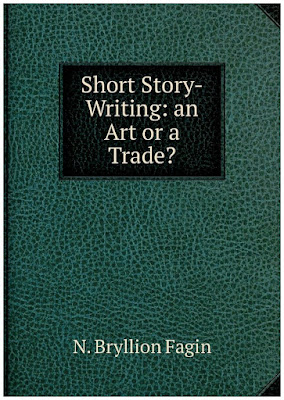Writing Conflict: External Conflict in Literature
by Olivia Salter
External conflict is a crucial element in literature that drives the story forward and creates tension and drama. It involves the protagonist facing challenges or obstacles that come from outside sources, such as other characters, society, nature, or supernatural forces. These conflicts serve to test the strength and resolve of the main character, forcing them to confront their fears, make difficult decisions, and ultimately grow and evolve throughout the story.
One of the most common forms of external conflict in literature is man vs. man, where the protagonist is pitted against another character or group of characters. This type of conflict can take the form of physical confrontations, verbal sparring, or even psychological warfare. Through these interactions, the protagonist's values, beliefs, and morals are tested, leading to inner turmoil and self-discovery.
Another form of external conflict is man vs. society, where the protagonist must navigate the expectations, norms, and rules of the world around them. This can involve challenging societal injustices, fighting against oppressive systems, or simply trying to fit in and find their place in society. By confronting these external forces, the protagonist can bring about change, challenge the status quo, and inspire others to do the same.
Nature can also serve as a source of external conflict in literature, with the protagonist facing the elements, natural disasters, or dangerous wildlife. These challenges force the protagonist to rely on their survival instincts, adapt to their surroundings, and overcome adversity in order to survive. Nature can be a powerful symbol of both beauty and danger, reflecting the fragility and resilience of the human spirit.
Finally, external conflict can also take on a supernatural or otherworldly form, where the protagonist must battle supernatural beings, mystical forces, or otherworldly creatures. These conflicts often test the protagonist's belief in the unknown, their faith in themselves, and their ability to confront the mysteries of the universe. By delving into the realm of the supernatural, authors can explore themes of magic, destiny, and the power of belief.
In conclusion, external conflict plays a vital role in literature by challenging the protagonist, driving the plot forward, and highlighting the complexities of human nature. By incorporating various forms of external conflict into their stories, authors can create engaging narratives that captivate readers, provoke thought, and inspire change. Ultimately, it is through the protagonist's struggles and triumphs against external forces that the true depth of their character is revealed, leaving a lasting impact on readers long after they have finished the story.
Also See






.jpg)